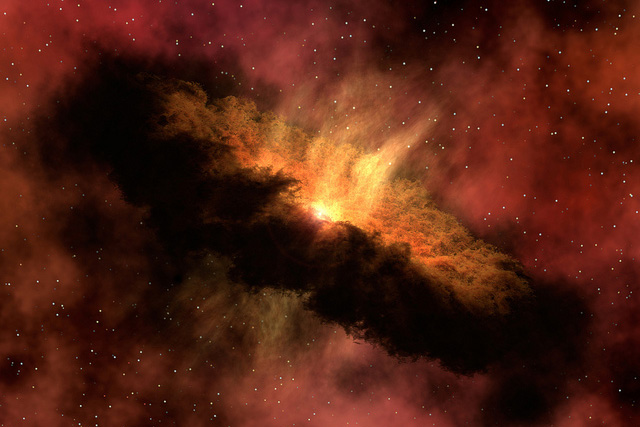Large swathes of protoplanetary disks are too poorly ionised
for the magnetorotational instability to be active. In particular,
the cold dense interior regions, between roughly 1 and 10 AU, could be entirely laminar. In the last 10-15 years
this state of affairs has renewed interest in
hydrodynamical routes to turbulence in these `dead zones', and
various weak instabilities, often of a double-diffusive nature,
have been uncovered that
might operate there. Examples include (a) the vertical shear instability
(basically the Goldreich-Schubert-Fricke instability), (b) the convective
overstability (related to semiconvection in stars and planets),
(c) the subcritical baroclinic instability, and (d) the Rossby wave
instability (which one could argue has nothing to do with Rossby
waves!).
It is unlikely that any of these instabilities is particular
widespread, nor the solution
to the question of angular momentum transport, but under certain
circumstances they should be important, especially for solid dynamics
and the process of planet formation. I also just find their physics
inherently intriguing, and so I like to play with them.
Perhaps of greatest interest is the potential of all four
instabilities mentioned to form zonal flows
and vortices
on large or small scales. Vortices can accumulate small particles and
aid in the vexed business of planet formation.
This area is quite well
trodden and so I can't think of a topic that could sustain an entire
PhD. Sorry! I might have projects suitable for a MSc though.
Recent papers
*Vortices and the saturation of the vertical shear instability
in protoplanetary discs
(link)
*On the survival of zombie vortices in protoplanetary discs
(link)
*On the convective overstability in protoplanetary discs
(link)
*On the vertical-shear instability in astrophysical discs
(link)
*Vortex cycles at the inner edges of dead zones in protoplanetary disks
(link)
